Sequence viewing > Aesthetics Index - Resource - ©
Lloyd Godman
Camera Frame - Framing the subject
Look critically at how you frame the subject within the viewfinder - Learn to identify what is the subject and move in to fill the frame with the SUBJECT. As a rule, plain areas of grass, sand or even water don't make interesting images - and then if you add large areas of sky the energy of the scene just drops out with the result of a very uninteresting image.
A good strategy is to place some related object in the foreground to add a focus point or point of interest.
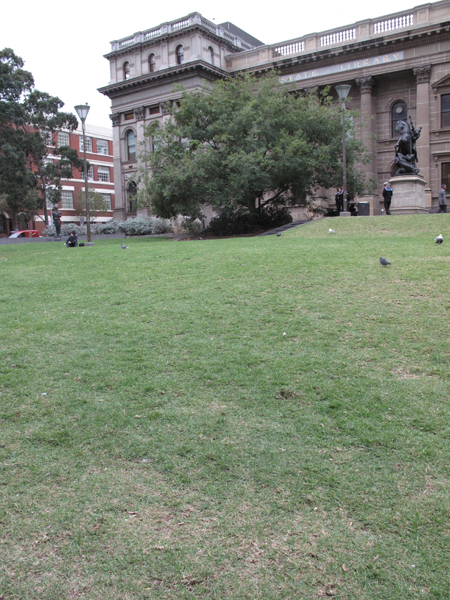
In this rather bland image the grass absorbs all the visual energy from the building |
|
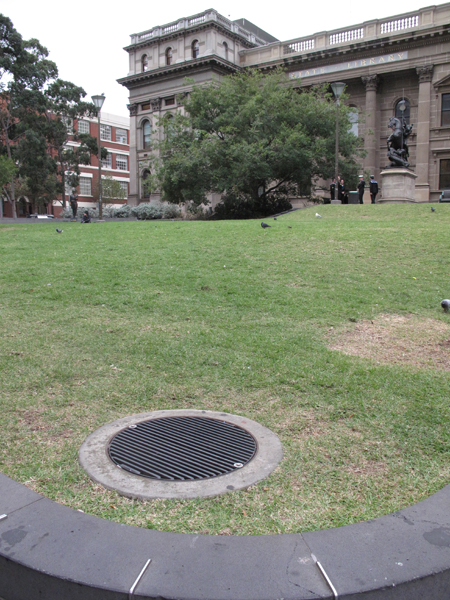
However in this image the stones and grill add a visual point of interest that through proximity relates to the building behind. |
San your eye around the edge of the frame for any distracting extraneous details and move the camera position to exclude them -
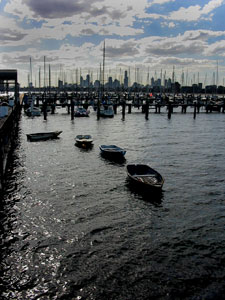 |
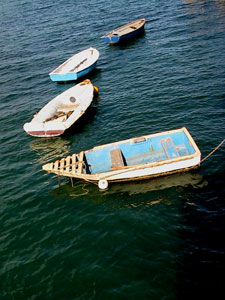
|
Explore viewpoint, where to place the camera
Move a round the subject - these are the same boat framed using 2 different visual strategies and also from a different viewpoints.
The image on the left relates the line of boats to the larger boast and city in the background.
The image on the right isolates the boats in a classic figure ground relationship, there is no evidence of the city or the larger area of boats. |
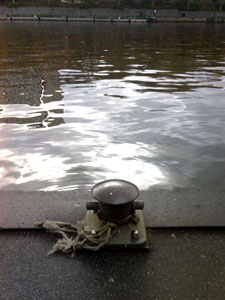 |
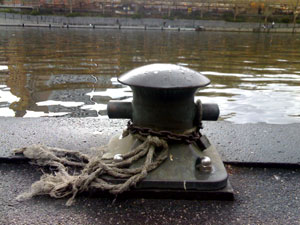 |
Explore the orientation of the camera - portrait or landscape |
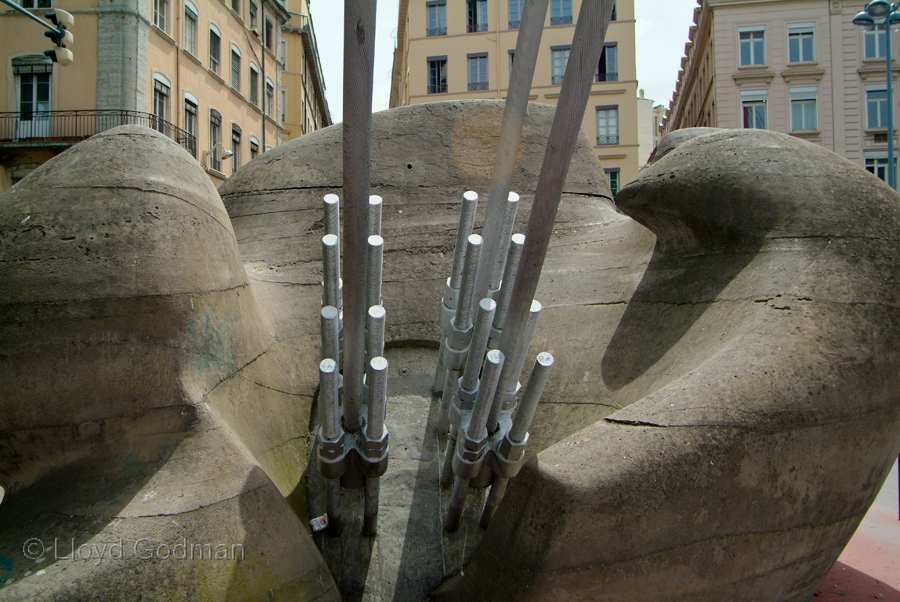
But for the man with the paper, these 2 shots of the bridge fixing are nearly the same -
|
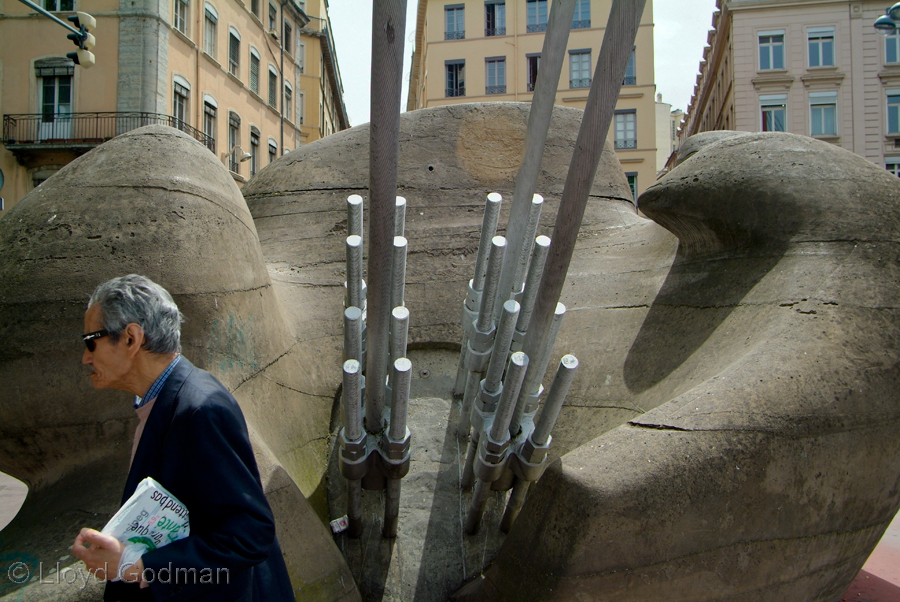
Wait for what Cartier-Bresson called the "decisive moment" - also people add a sense of scale to elements like this. |
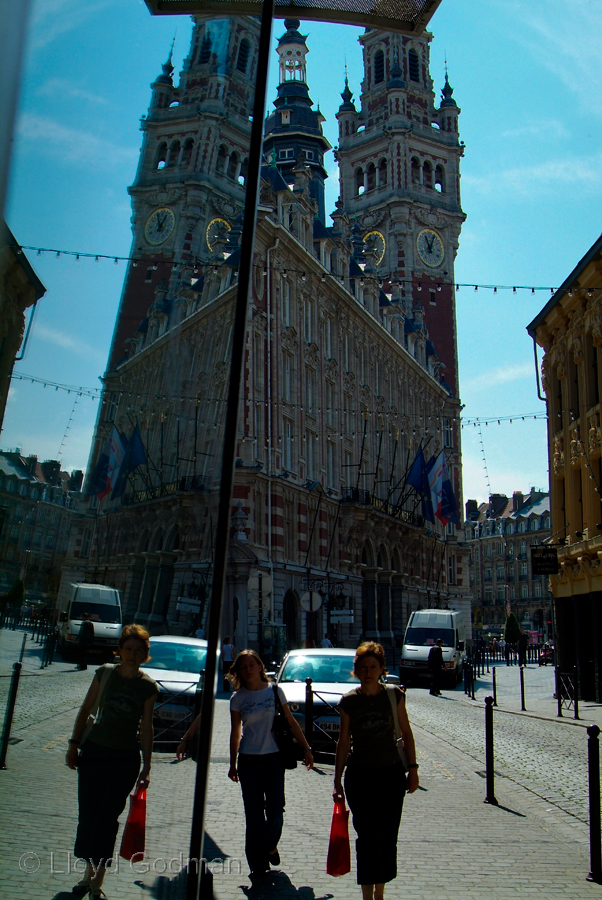 |
Use the mirror surfaces of modern buildings to create a new perspective of historical buildings |
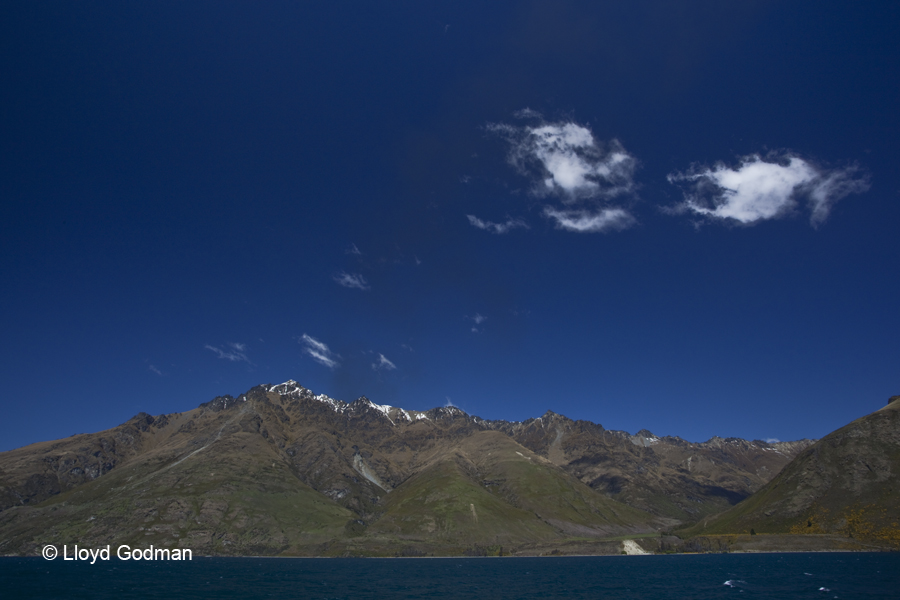
In this image the landscape is frames in a classic manner with reference to the lake, the mountains and the sky - the sky fills more than two thirds of the image area.
|
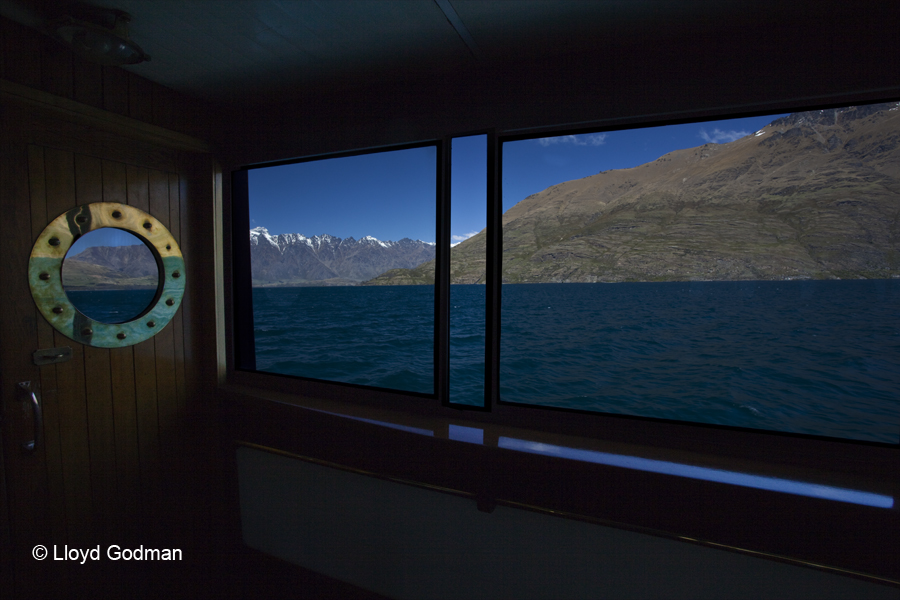
In this image the landscape is framed through the widows and door porthole giving a different perspective of the scene. Framing a subject in this manner is called an internal frame or a frame within a frame. |
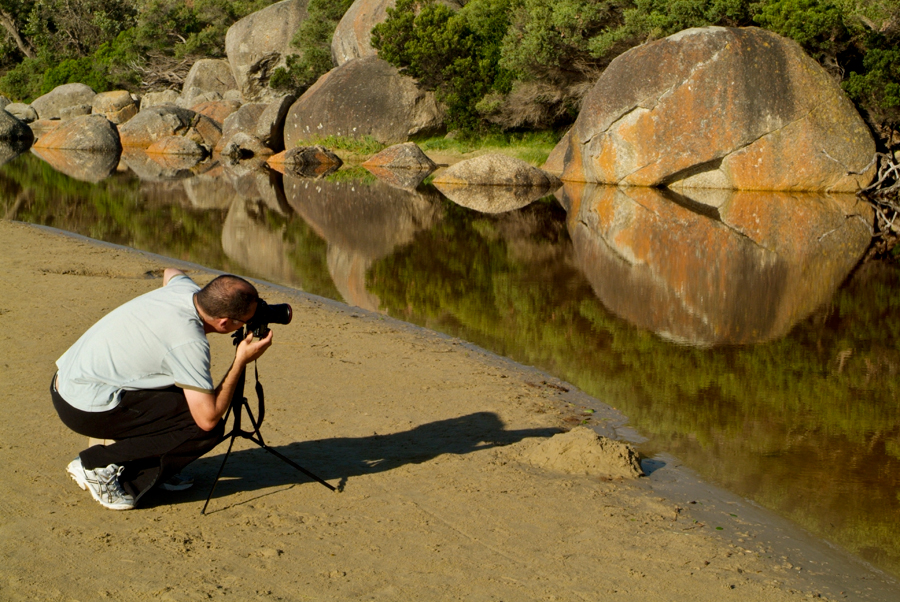 Sometimes when we frame a scene like this there is a temptation to include too many elements that visually react against each other. It can be useful to experiment with framing the scene tightly to create a more abstract image. Sometimes when we frame a scene like this there is a temptation to include too many elements that visually react against each other. It can be useful to experiment with framing the scene tightly to create a more abstract image. |
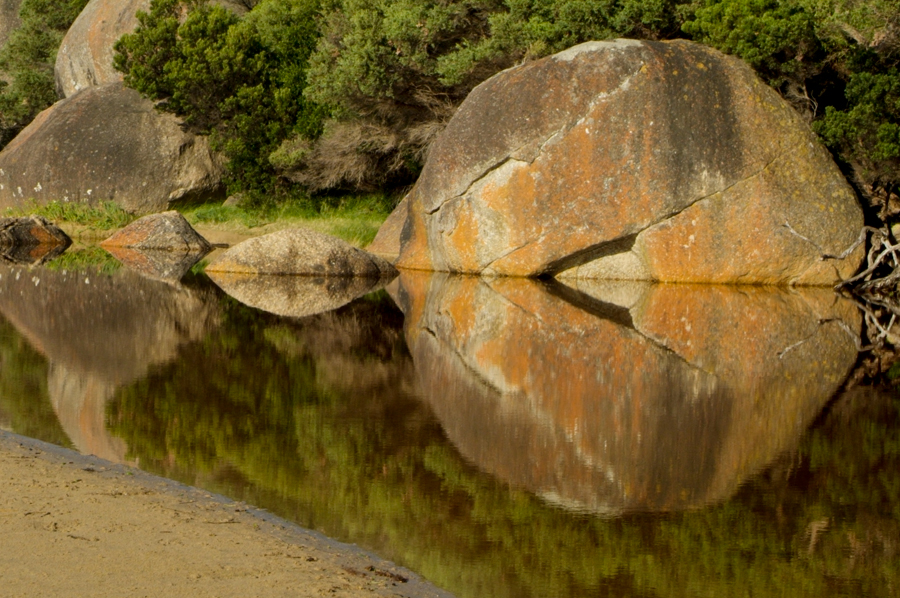
Here we have the sand on the left the water reflection , the rock and the bush, each element adds more complexity to the image |
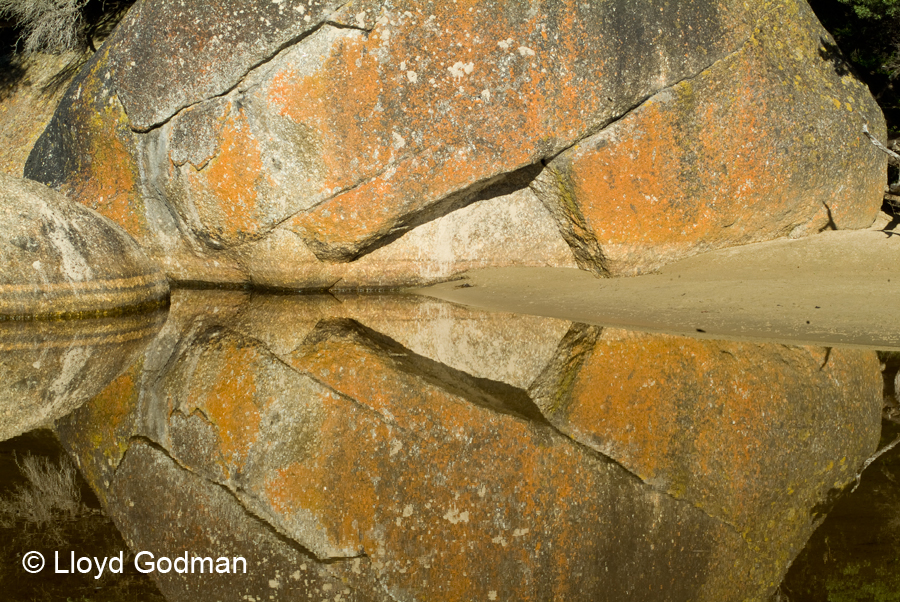
This image presents a more abstract interpretation of the scene - the colour palette is reduced and there are less visual elements in the frame |
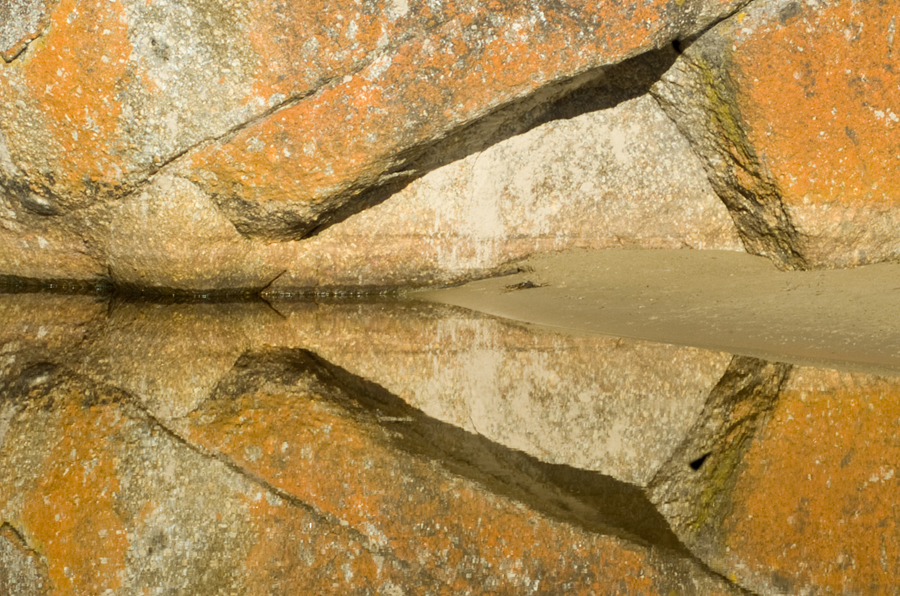
This image is framed event tighter and creates and even greater abstraction. |
Want to learn more? - do a workshop or one on one with Lloyd Godman
Comment on this resource
|